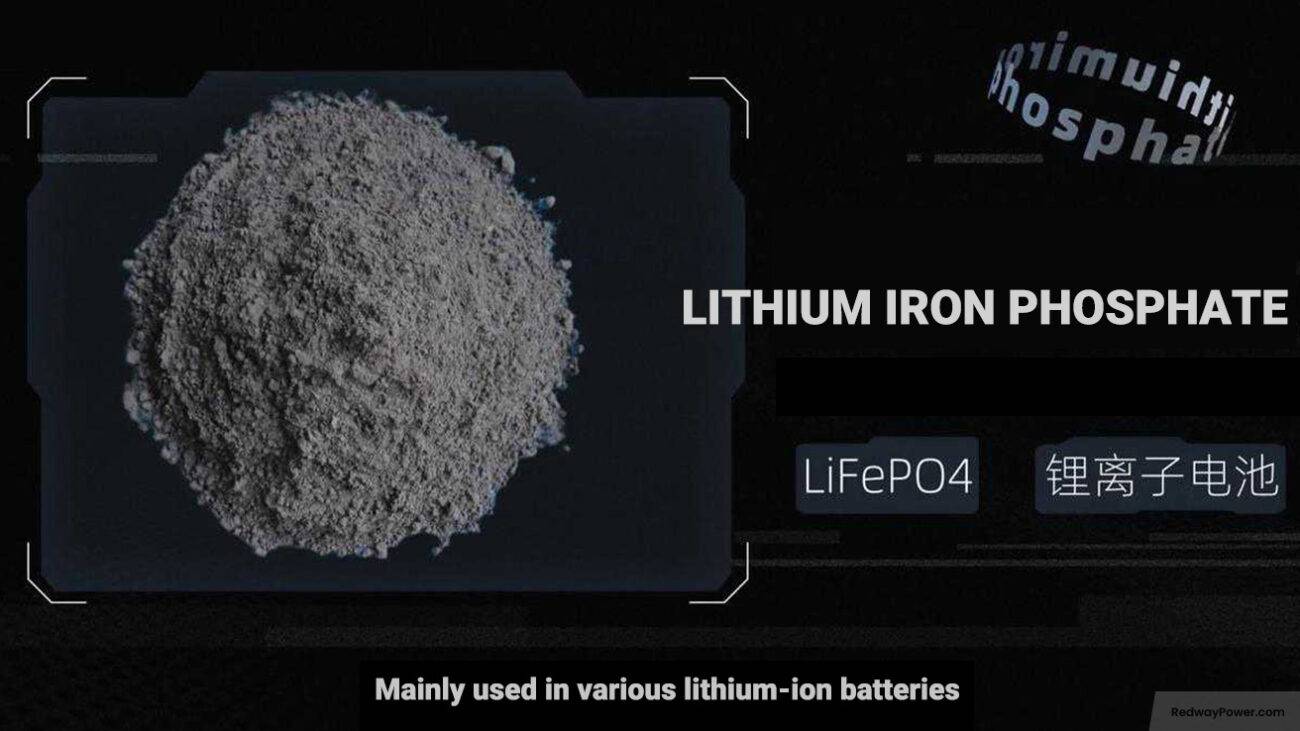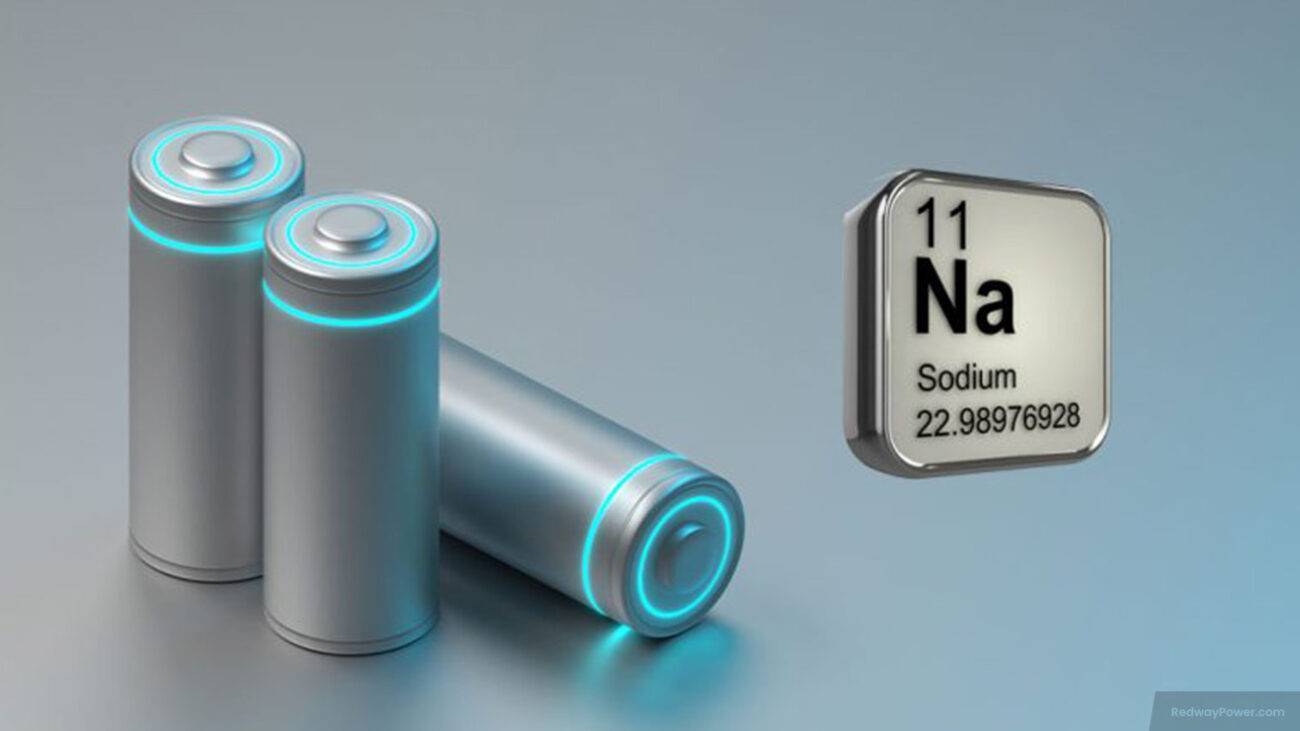
Blog
What Determines the Energy Density of a Lithium-Ion Battery
How Are Manufacturers Increasing Lithium-Ion Energy Density?
Companies like Tesla and Panasonic focus on material science breakthroughs, such as silicon-based anodes, high-nickel cathodes, and solid-state electrolytes. Optimizing cell architecture (e.g., tabless designs) and manufacturing processes (e.g., dry electrode coating) also minimize energy loss and improve packing efficiency.
Recent advancements include “structural battery” designs that integrate cells directly into vehicle frames, eliminating bulky modules. For example, Tesla’s 4680 cells use a tabless winding method to reduce internal resistance, allowing 6x more power and 16% higher energy density. Meanwhile, startups like Sila Nano are replacing graphite anodes with silicon composites, which can store 10x more lithium ions. However, silicon expansion during charging remains a challenge, requiring nano-engineering to prevent electrode cracking. Solid-state electrolytes also promise 2-3x energy density gains by enabling lithium-metal anodes, but durability issues at scale persist.
| Innovation | Energy Density Gain | Commercial Readiness |
|---|---|---|
| Silicon-Dominant Anodes | 20-40% | 2024-2025 |
| Solid-State Electrolytes | 50-70% | 2026-2030 |
| Lithium-Sulfur Chemistry | 300% | 2030+ |
What Environmental Impacts Stem from Energy-Dense Batteries?
Extracting lithium, cobalt, and nickel raises concerns about resource depletion, water pollution, and carbon emissions. Recycling programs and alternative materials (e.g., sodium-ion) aim to reduce environmental harm. Redway’s closed-loop recycling process recovers 95% of battery materials, aligning with circular economy principles.
The carbon footprint of a 75 kWh EV battery ranges from 4-14 tons of CO2 depending on mining practices and energy sources. New “green lithium” extraction methods using geothermal brine (e.g., Vulcan Energy in Germany) cut water usage by 90% versus traditional evaporation ponds. Meanwhile, CATL’s sodium-ion batteries offer 160 Wh/kg with abundant sodium reserves, reducing geopolitical risks. Recycling innovations like hydrometallurgical processes can recover 99% cobalt and lithium, but global collection rates remain below 5% due to logistical gaps in battery return systems.
FAQs
- Q: Can lithium-ion batteries exceed 500 Wh/kg?
- A: Current research targets 400–500 Wh/kg by 2030 using solid-state electrolytes and lithium-metal anodes, though commercialization faces challenges in scalability and durability.
- Q: Do all lithium-ion batteries have the same energy density?
- A: No. Variations in cathode materials (e.g., NMC vs. LFP) result in energy densities ranging from 90 Wh/kg (LFP) to 250 Wh/kg (NMC 811).
- Q: How does temperature affect energy density?
- A: Extreme temperatures reduce usable energy density. Below 0°C, ion mobility slows, while temperatures above 45°C accelerate degradation, permanently lowering capacity.
“Energy density is the linchpin of lithium-ion innovation,” says Dr. Elena Torres, a battery expert at Redway. “While advancements like silicon anodes push boundaries, balancing safety and sustainability remains critical. Our research focuses on cobalt-free cathodes and solid-state electrolytes to achieve 400 Wh/kg by 2030 without compromising lifecycle or ethical sourcing.”




